Last Updated: 07/05/2025
How to Stop a Dog Shedding
Overwhelmed by dog hair? Find out the reasons why dogs shed and how to reduce and manage excess shedding.
Author: Dr Carla Paszkowski BVSc (Hons)
Reading Time: 43 minutes - long read
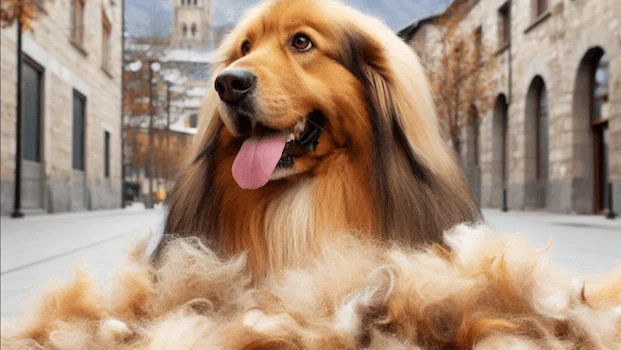
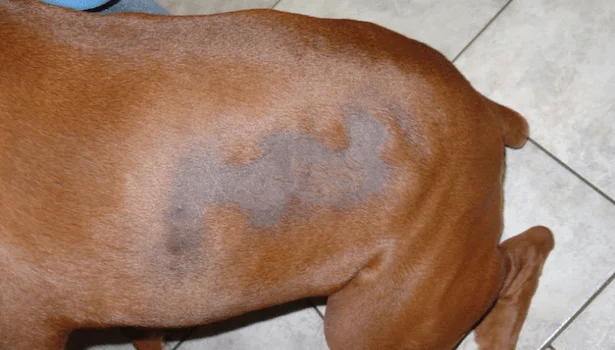
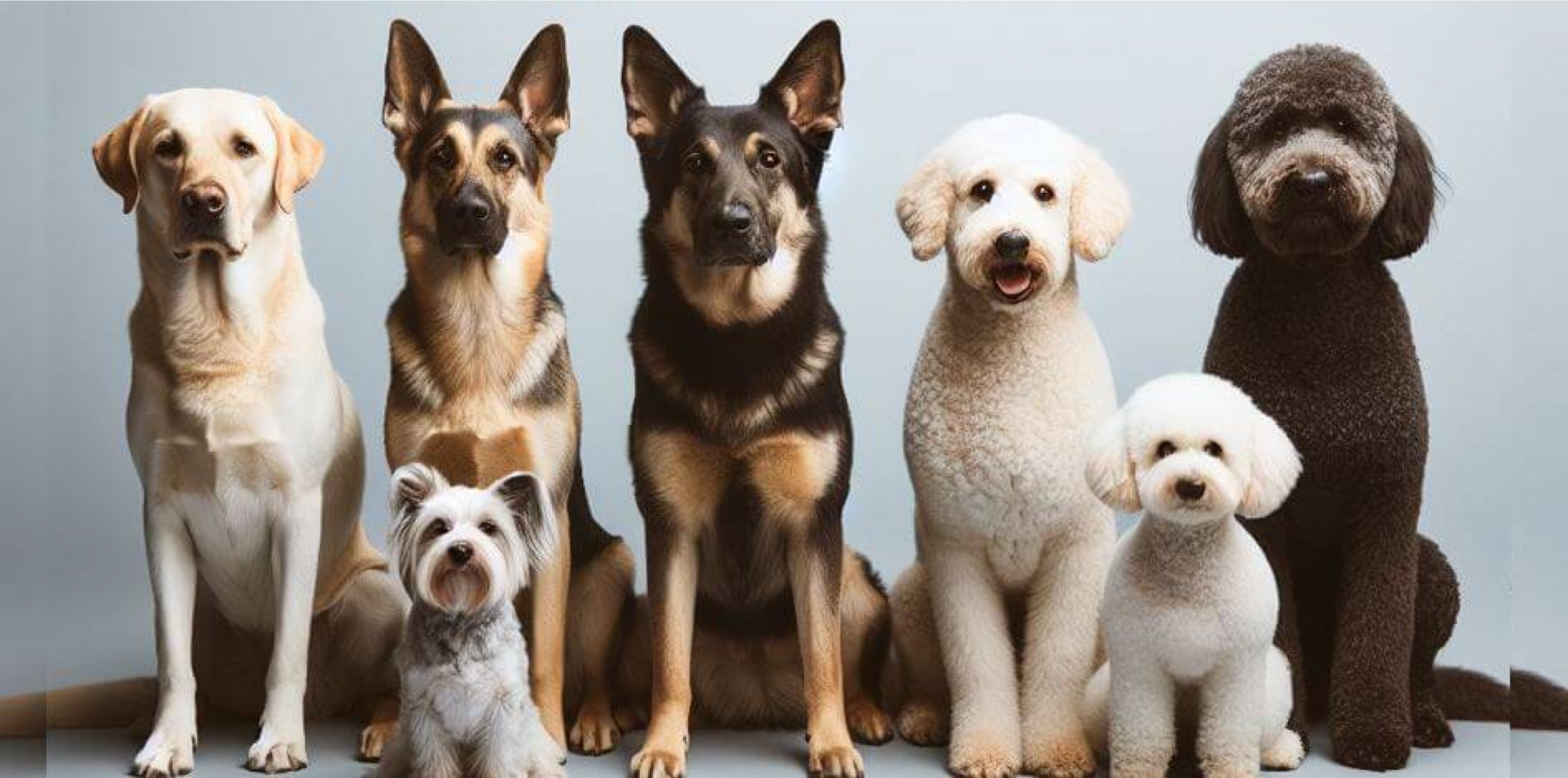















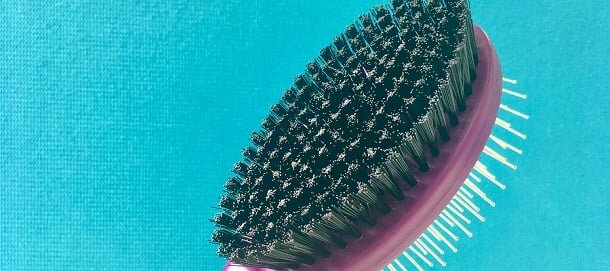
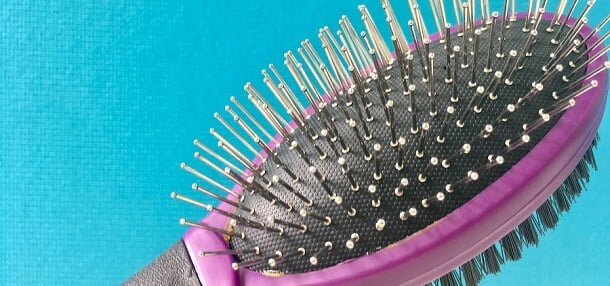
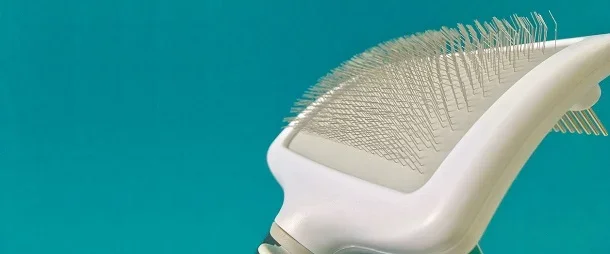
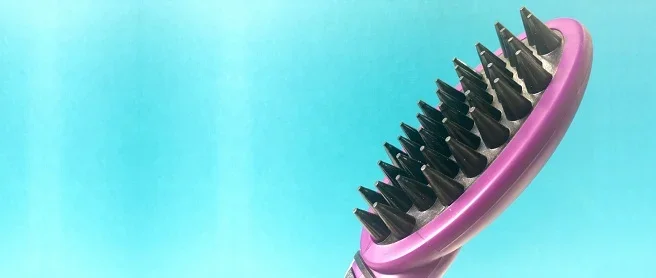
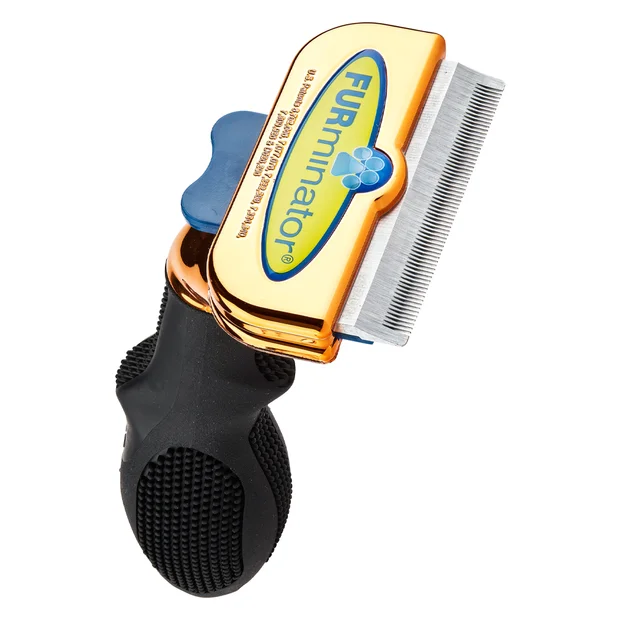



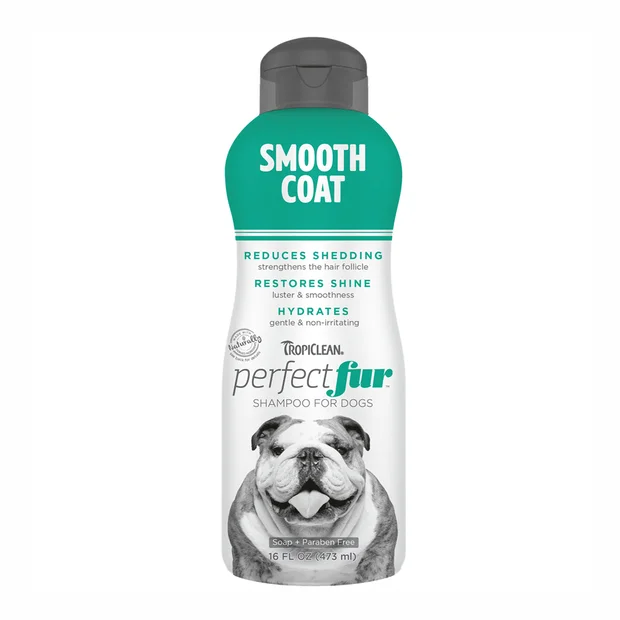
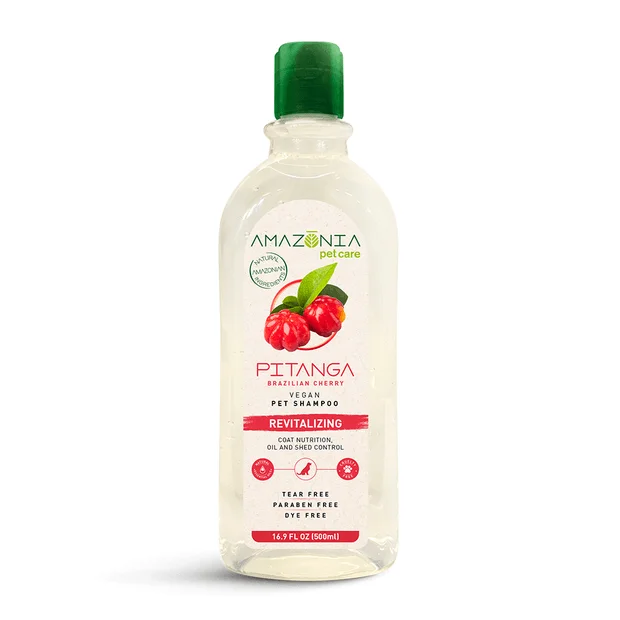
Last Updated: 07/05/2025
Overwhelmed by dog hair? Find out the reasons why dogs shed and how to reduce and manage excess shedding.
Author: Dr Carla Paszkowski BVSc (Hons)
Reading Time: 43 minutes - long read




























Every dog owner knows the struggle: find dog hair on furniture, clothes, and just about everywhere in the house. Shedding is a natural process for dogs, but it can often feel like an endless battle for pet owners trying to maintain a clean home.
Excessive fur shedding not only affects the cleanliness of your living space but can also indicate underlying health issues or stress in your dog. Without proper knowledge and tools, managing this shedding can become a frustrating and time-consuming task.
In this article, we'll delve into the reasons behind dog shedding and provide actionable steps and proven methods to significantly reduce, if not stop, the endless flurry of fur, ensuring both a happy pet and a hair-free home.
Skip to a section:
Shedding is essential for a dog's skin and fur health. It is normal for dogs to shed their coat to get rid of old fur and provide room for new, healthy fur. Shedding is dictated by the length of a dog's coat, the dog's breed, weather fluctuations, and whether they live outdoors or not.
Shedding is triggered by a number of things:
Seasonal weather fluctuations, particularly during spring and autumn, are the primary triggers for shedding in dogs - particularly those bred in temperate climates such as Europe or the Americas. The change in temperature and daylight hours during these seasons can cause stress to a dog's coat, leading to an increase in shedding.
However, Australia has a very different seasonal pattern to other continents, and much less variance in temperature and daylight hours. This means that many breeds of dogs tend to shed all year long.
Hormonal factors, such as thyroid or sex hormones, can have a significant impact on fur shedding. Dogs with hypothyroidism (low thyroid levels) have thin, dry, shedding coats because they lack thyroxin to 'switch on' the follicles.
Changes in a dog's hormones after pregnancy or during a heat cycle can also influence the amount of hair being shed. Pregnant and lactating dogs may shed more fur and not regrow new fur until after thier pups are weaned.
A dog's overall health and diet can significantly influence how much fur they shed. A healthy diet can help reduce shedding, particularly one which is high in:
Ensuring that your dog has access to clean, fresh water is also essential to their overall health and can help keep their skin hydrated. A Water Fountain can help encourage your dog to drink more water.
It is essential to keep in mind that excessive shedding can be a sign of an underlying health issue such as Cushings Disease or Hypothyroidism. If you are concerned about your dog's shedding, consult with your veterinarian.
Most dogs shed their fur as a natural process to get rid of old or damaged hair. The amount of fur a dog sheds depends on the breed, the time of year, and whether they have a single or double layer of fur. Some breeds, such as Labrador Retrievers, Golden Retrievers, Kelpies, Cattle Dogs, German Shepherd and Border Collies, tend to shed more than others, while breeds like Maltese, Poodles and poodle mixes like Cavoodle and Labradoodle are mostly shed-free. Dogs with 'double coats' such as the German Shepherd and Husky shed twice per year, whereas 'single coat' breeds tend to shed throughout the year.
Regular, normal shedding usually involves an even, consistent fall of hair from all areas over the body. While the coat may appear thinner in warmer seasons, you shouldn't see any bald patches as new hair should be growing continuously to replace the shedded strands.
Abnormal hair loss in a dog. Source: Joelmills via Wikipedia Commons. CC BY-SA 3.0 DEED
Unusual shedding patterns, such as the loss of clumps of fur, can be a sign of an underlying problem. Health issues that may cause abnormal shedding including allergies, medical conditions such as Cushings Disease or Hypothyroidism, fleas, mange, fungal infections, poor nutrition, side-effects of medication, skin infections, and stress or anxiety.
Abnormal signs to look out for include bald patches, itchiness, inflammation, or thickening of the skin.
Different dog breeds exhibit a wide range of shedding patterns. Some dogs shed minimally, while others seem to leave a trail of fur wherever they go.
The notion of 'hypoallergenic' dogs has captured the attention of many pet lovers. These breeds are often marketed as being more compatible with people who have allergies. However, this has generally been proven to be a myth. Let's delve into the science of this...
The primary allergen triggering allergic reactions in humans is a protein called Canis familiaris 1 (Can f 1), which is found in a dog's dander, urine, and saliva. Some breeds have been labeled as 'hypoallergenic', implying that they shed less and are better tolerated by those with dog allergies. Popular hypoallergenic breeds include Poodles, Maltese, Cavoodles, Labradoodles, and Schnauzers. The theory is that these dogs shed minimal fur, leaving behind less dander containing Can f 1, thus reducing allergy symptoms.
Several studies have explored whether non-shedding breeds are genuinely hypoallergenic. In one study1, researchers collected fur samples from hypoallergenic breeds like Labradoodles, Poodles, Spanish Waterdogs, and Airedale terriers, as well as a control group of non-hypoallergenic dogs. Surprisingly, the hypoallergenic breeds produced significantly higher levels of Can f 1, with poodles having the highest levels.
However, despite the evidence, most with dog allergies who own breeds marketed as 'hypoallergenic' claim to have fewer symptoms around their dogs than they do around non-hypoallergenic breeds. This may be due to the simple fact that non-shedding fur, even if it contains high concentrations of the Can f1 allergen, is not being dropped and spread throughout the house in the same way it would from a high-shedding breed.
Low Shedding Breeds include:
Poodles and poodle mixes like Cavoodle and Labradoodle
High Shedding Breeds include:
Akita
First and foremost, here at Pet Circle we always recommending exploring adopting a rescue dog before seeking out a specific breed. Rescue dogs often come from diverse backgrounds, and many are delightful mixed breeds. These unique combinations result in one-of-a-kind personalities. Youâll find a blend of traits that make each dog special.
1. Lifestyle: Consider how much time you can dedicate to grooming, cleaning, and vacuuming up fur. A busy lifestyle - for instance if you have children or a demanding job - won't allow for a lot of free time for grooming and cleaning. If you have a busy schedule, opt for breeds with minimal grooming needs and shedding, such as a Staffy, Dachshund, or a breed that requires some grooming but doesn't shed like like the Cavoodle or Labradoodle.
2. Allergy Concerns: While dog allergies are rare in humans, it's important into account any family members or frequent visitors who may have allergies. Breeds with minimal shedding, like the Poodle or Maltese, are often better suited for allergy sufferers. Despite the idea of 'hypoallergenic' dog breeds being a debunked myth (see above!), low-shedding breeds are still believed to reduce symptoms in allergy suffers due to less hair in the environment.
3. Aesthetic preferences: Some people have strong preferences for long-haired or short-haired breeds. If you adore luxurious, flowing coats, consider breeds like the Cavalier King Charles Spaniel or Cocker Spaniel - spaniels are generally considered 'medium to low' shedding. On the other hand, if you prefer short, low-maintenance coats, short-haired breeds like the Boxer or Dachshund might be more appealing.
4. Maintenance level: Some dogs need regular brushing, trimming, and professional grooming. Breeds like the Poodle or Shih Tzu fall into this category. Others, like the Chihuahua or Beagle, have minimal grooming needs. Choose a breed that aligns with your willingness to invest time and effort in their care.
Regular grooming is essential for maintaining your dog's health, comfort, and appearance - and can help keep shedding at bay. Not only does brushing regularly help get rid of mats, tangles, and loose fur, but it can help promote a healthy coat by removing dead skin and distributing natural oils.
Choose the right brush:
Rubber or 'curry' brushes are the ultimate beginner's tools. Virtually all dogs love being brushed by the soft rubber or silicon brushes. Ideally this brush works best on smooth, short haired dogs but it can be helpful in loosening up the undercoat fur
Deshedding tools include deshedding brushes, undercoat rakes, deshedding blades, and grooming gloves. Each have unique benefits and may be suitable for your dog depending on their coat length, thickness, and willingness to be groomed.
1. De-shedding Brushes
Deshedding brushes, the most famous being the Furminator, are highly effective at reducing excess hair without sacrificing the coat's length. These brushes use a combination of bristles and blades to selectively remove the undercoat and loose hair without harming the top coat of double-coated breeds. They are particularly beneficial for dogs with abundant fur that tends to shed frequently.
2. De-shedding Blades
Deshedding blades can be used to remove loose hair and debris from the coat. They are also ideal for removing excess water from their coat after washing and before towel drying. They are ideal for medium to large dog breeds, but care needs to be taken while using, as the blade can be sharp on the 'teeth' side!
3. Grooming gloves
Grooming gloves are ideal during general grooming for the removal of loose and shedding hair. They are especially popular with pet owners, as they tend to be the best tolerated grooming aid for dogs who don't like to be brushed. Dogs simply believe they're being petted by their beloved owner!
4. Slicker Brushes
Slicker Brushes are useful for dogs with long hair, curly hair and double coats. They are great for defusing tangles and matted hair. The pins on slicker brushes are quite sharp, so brushing should be gentle.
Your dog's diet plays a crucial role in maintaining their overall health, including the condition of their coat. Poor quality diets can contribute to weak, dull fur that is more likely to break and fall out. Therefore, good nutrition is essential for minimising undernourished fur and reducing shedding.
Hair Follicle Health is directly affected by nutrition. A diet high in Vitamin B, Zinc, Omega-3 and Omega-6 fatty acids helps support healthy skin and hair follicles. Strong and resilient follicles are less likely to shed excessively.
Hydration is also important. Ensuring that your dog has access to clean, fresh water is also essential to their overall health and can help keep their skin hydrated. A Water Fountain can help encourage your dog to drink more water.
Which diets are best for reducing shedding? Because healthy skin usually means healthy hair follicles less shedding, a Skin Care Diet can be very effective at reducing shedding. Skin Care diets nourish the skin with their high levels of omega fatty acids, zinc, and Vitamin B. Likewise, a diet made with Fish can also help provide natural fatty acids and nourish the skin.
Our top skin care diets for reduced shedding include:
Read more in my article What is the Best Dog Food for Skin Allergies?
Bathing your dog is an essential part of their grooming routine, and it can indeed help reduce excessive shedding. Here's how:
Loosening and Removing Loose Hair: Water helps remove loose hair from your dog's coat. As you wet their fur and massage their coat, loose hairs are dislodged. This process of removing old, dead hair creates space for new hair growth.
Double Coat Maintenance: for dogs with a double coat such as the German Shepherd or Husky, bathing during 'shedding season' after winter can remove the excess undercoat.
Deshedding Shampoos and Conditioners may be beneficial for dogs prone to shedding. They tend to work by:
Providing nourishing nutrients such as Vitamins A, C, and B, which help strengthen the fur shaft and prevent breakage
Strengthen the skin and hair follicle with nourishing and moisturising properties
Removing loose fur through the massaging effect of shampooing (however this is not specific to de-shedding shampoos)
Beware of over-bathing! Over-bathing can strip natural oils from your dog's skin and coat and actually end up making shedding worse. Once every 1-2 weeks is the most you should bathe your dog, unless they are particularly prone to mud baths or you've had a recommendation from your vet.
Our top de-shedding shampoos include:
For more information about the different types of dog shampoo and what will work best for your dog, check out Dr. Kes's article The Best Dog Shampoo: A Comparison
All in all, it's important to remember that each dog is unique, so adapt your grooming routine to your pup's specific needs. With regular brushing, proper nutrition, and occasional baths, you can help your doggo towards to a healthier coat and less shedding!
1. Vredegoor DW, Willemse T, Chapman M, Heederik DJJ. Can f 1 levels in hair and homes of different dog breeds: Lack of evidence to describe any dog breeds as hypoallergenic. JACI. 2012 Oct;130(4):904-909. doi:10.1016/j.jaci.2012.05.013
Want to know more? Check out our Discover Page for more tips from our expert vets on keeping your pets happy and healthy.